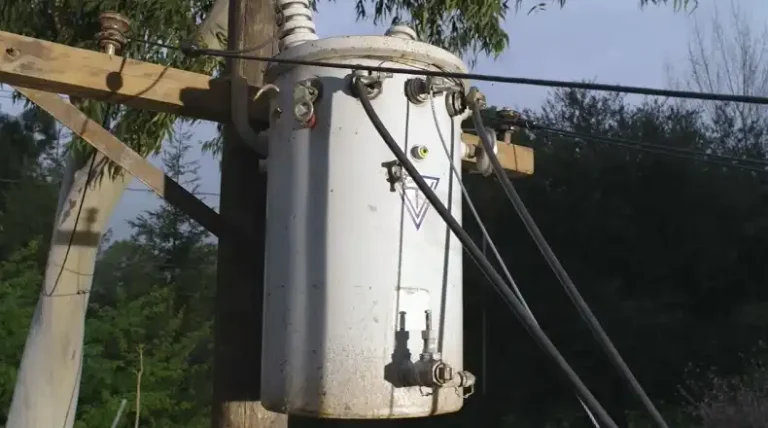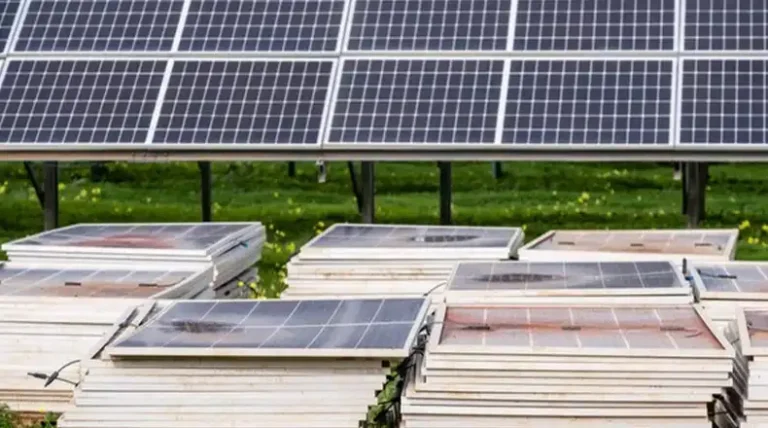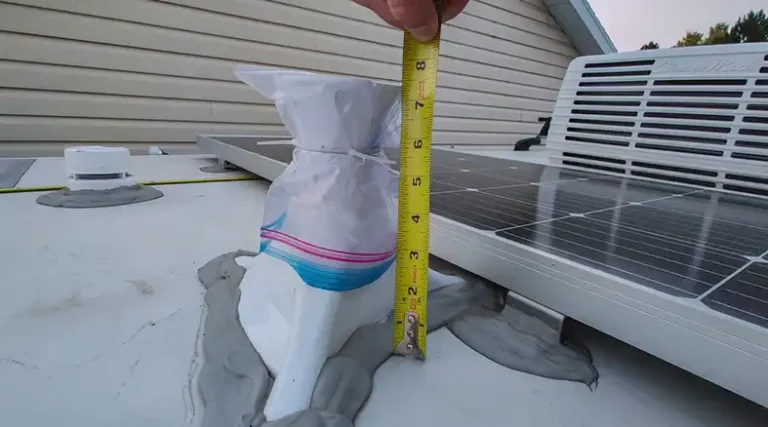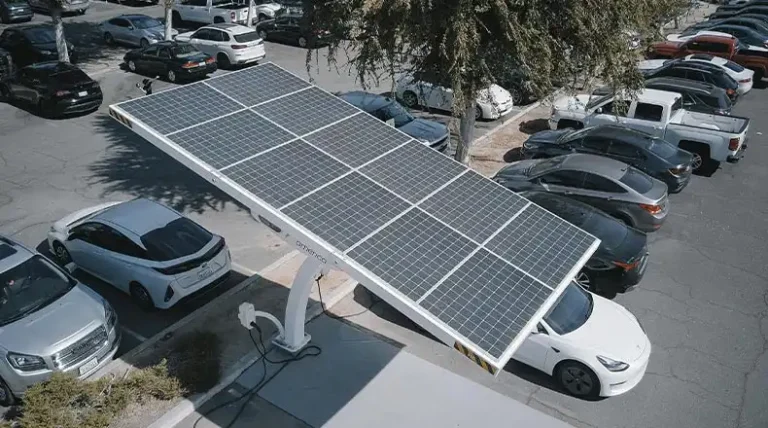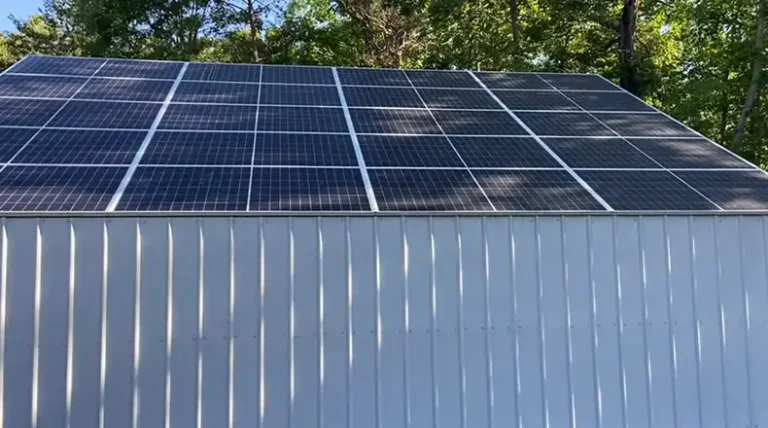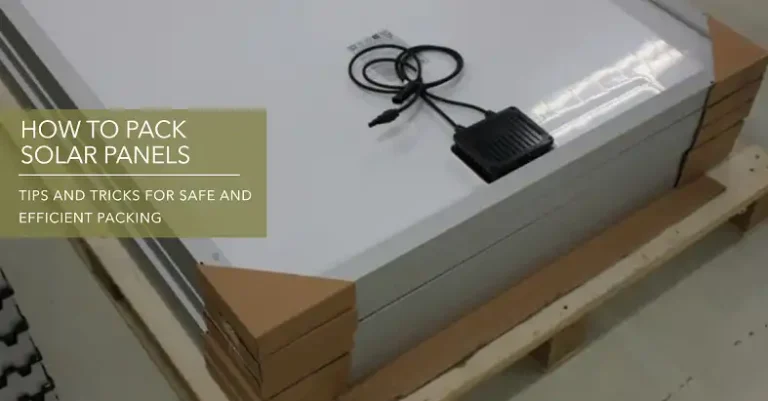400 Watt Solar Panels | Uses, Benefits, and Ideal Users
400-watt panels represent a sweet spot in terms of output and size, offering a significant boost in power generation compared to their lower-wattage counterparts. These panels are designed to produce 400 watts of electricity under ideal conditions. This places them in the upper range of residential solar panels, which typically span from 250 to 400 watts. The higher wattage means fewer panels are needed to achieve the desired power output, making them an attractive option for those with limited installation space.
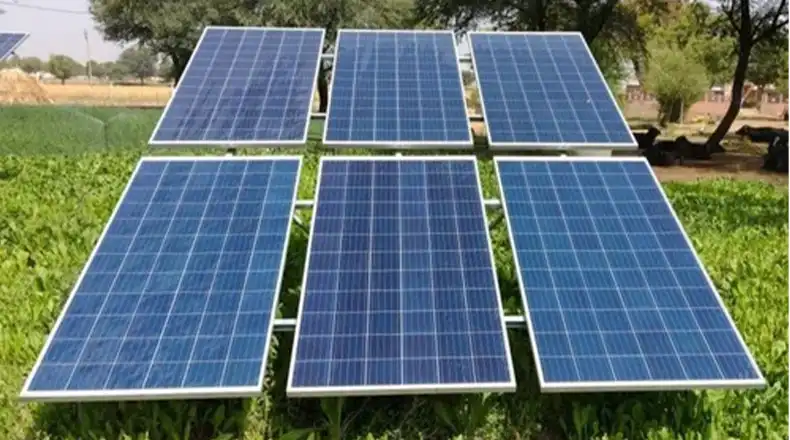
Who are 400W solar panels for?
These robust panels cater to a diverse range of users. Homeowners with limited roof space find them particularly appealing, as they can generate more power with fewer panels. Off-grid enthusiasts and tiny home owners appreciate their efficiency and power-to-size ratio, which is crucial when space is at a premium. Additionally, commercial and industrial applications often turn to 400W panels to maximize energy production on available surfaces.
What Can You Run with a 400W Solar Panel?
A single 400W panel can power a variety of small appliances and electronics. On a sunny day, it could potentially run a refrigerator, charge multiple devices, power LED lights, and even operate small pumps or motors. However, it’s important to note that actual power generation varies based on sunlight conditions and panel efficiency.
Here’s a quick reference table for the estimated power consumption of common household items:
| Appliance | Average Power Consumption |
| LED Light Bulb | 10W |
| Laptop | 50-100W |
| Refrigerator | 100-200W |
| TV | 100-200W |
| Washing Machine | 500-1000W |
Remember, these are approximate values and actual consumption may vary. A 400W panel won’t run all these simultaneously, but it gives you an idea of its capabilities.
Technical Specifications of 400 Watt Solar Panels
Dimensions
Understanding the technical aspects of 400W solar panels is crucial for making an informed decision. These panels typically measure around 79 x 39 inches (2 x 1 meters), though dimensions can vary slightly between manufacturers. They usually weigh between 40 to 50 pounds (18 to 23 kg), making them manageable for installation but sturdy enough to withstand environmental factors.
Material
Most 400W panels use monocrystalline silicon cells, known for their high efficiency. These panels often boast efficiency ratings between 19% and 22%, meaning they convert a significant portion of sunlight into usable electricity.
Voltage Rating & Temperature
Voltage and current ratings are essential considerations. A typical 400W panel might have an open-circuit voltage (Voc) of around 40-50 volts and a short-circuit current (Isc) of about 10-12 amps. However, the maximum power point voltage (Vmp) and current (Imp) are more relevant for actual operation, usually around 35-40 volts and 10-11 amps respectively.
Temperature coefficients are another crucial factor, as they indicate how panel performance changes with temperature. A good 400W panel might have a temperature coefficient of power around -0.35% per degree Celsius, meaning it loses about 0.35% of its rated power for every degree above 25°C (77°F).
Performance and Output of 400W Solar Panels
The actual energy production of a 400W solar panel depends on various factors, including location, weather, and panel orientation. In ideal conditions, a 400W panel could produce around 1.6-2.4 kWh of electricity per day. However, real-world conditions often result in lower output.
To illustrate, let’s consider a location that receives 5 hours of peak sunlight daily:
400W x 5 hours = 2000 Wh or 2 kWh per day
This calculation assumes perfect conditions, which rarely occur in practice. Factors like shading, dust, and panel angle can reduce this output. It’s generally safe to expect about 80% of this ideal output in real-world conditions.
Seasonal variations also play a significant role. In summer, longer days and more direct sunlight lead to higher output. Winter, with its shorter days and often overcast skies, sees a decrease in production. This variation can be as much as 25-30% between seasons in temperate climates.
Installation Considerations for 400W Panels
Installing 400W solar panels requires careful planning. These panels need about 21-22 square feet of space each, so measure your installation area carefully. Roof installations are most common for residential use, but ground and pole mounts are also viable options, especially for larger systems or in areas with ample land.
When it comes to mounting, ensure your roof can support the added weight. A professional assessment is recommended. For ground installations, consider factors like soil stability and potential shading from nearby structures or vegetation.
Wiring these panels requires attention to detail. Most 400W panels operate at higher voltages than smaller panels, which can affect your choice of inverter and overall system design. Always consult with a qualified solar installer to ensure your system meets local electrical codes and safety standards.
System Design and Sizing
One common question is whether multiple 400W panels are needed to power a home. The answer depends on your energy consumption and desired level of energy independence. An average U.S. household uses about 30 kWh per day. To meet this demand solely with solar power, you’d need approximately 10-15 400W panels, assuming 5 hours of peak sunlight daily.
Here’s a rough guide for different scenarios:
| Scenario | Estimated Daily Usage | Approximate Number of 400W Panels Needed |
| Small apartment | 10 kWh | 3-4 |
| Average home | 30 kWh | 10-15 |
| Large home | 50 kWh | 17-25 |
| Small business | 50-100 kWh | 17-35 |
Remember, these are estimates. Your actual needs may vary based on energy consumption patterns, location, and desired energy independence level.
Top 400W Solar Panels in the Market
SunPower/Maxeon 3 (Best Overall)
The SunPower Maxeon 3 400W panel features industry-leading 22.6% efficiency and is designed to deliver 60% more lifetime energy compared to conventional panels. It uses SunPower’s patented Maxeon solar cell technology, which has a solid metal foundation to prevent breakage and corrosion. The Maxeon 3 comes with an exceptional 25-year combined power and product warranty, the highest in the solar industry.
Silfab Elite SIL-410 BG (Best Aesthetics)
This 400W monocrystalline panel from Silfab features a sleek, all-black design that is well-suited for residential rooftops. It offers 21.1% efficiency and is engineered specifically for the North American market. The Silfab Elite comes with a 25-year product and 30-year performance warranty.
Q Cells Q.Peak Duo BLK ML-G10+ (Best American Made)
The Q Cells Q.Peak Duo BLK ML-G10+ is a 400W monocrystalline panel assembled in the USA. It provides good value and reliability, with 20.6% efficiency and a 25-year product warranty. The all-black design also makes it an attractive option for residential installations.
Mission Solar MSE PERC 60 BLK (Most Affordable)
As one of the more affordable 400W panels, the Mission Solar MSE PERC 60 BLK uses 9-busbar PERC monocrystalline cells to achieve 20.4% efficiency. It comes with a 25-year product and 30-year performance warranty, offering solid value for the price.
Canadian Solar HiKu dual cell PERC CS3N400 (Most Value for Money)
The Canadian Solar HiKu panel can reach up to 420W of power output, providing excellent value. It has 20.4% efficiency and is backed by a 25-year product and 30-year performance warranty. The dual-cell design helps maximize energy production.
Solaria PowerXT Pure Black (Best Warranty)
Solaria’s PowerXT Pure Black 400W panel features premium monocrystalline cells and an industry-leading 25-year power warranty, ensuring long-term performance. With 20.5% efficiency, it offers high quality and durability.
Ecoflow Foldable 400W solar panel (Best Portable)
Designed for off-grid and mobile applications, the Ecoflow Foldable 400W panel is a portable, high-capacity solar solution. It can be easily transported and set up, making it a versatile choice for RVs, camping, and emergency power.
Alternatives to 400W Solar Panels
While 400W panels offer an excellent balance of power and size, they’re not the only option. Lower wattage panels (250W-350W) are still widely used and can be suitable for smaller installations or when roof space isn’t a constraint. They’re often less expensive per panel, though the cost per watt may be higher.
On the other end of the spectrum, some manufacturers are pushing boundaries with 500W+ panels. These are primarily aimed at commercial installations where maximizing power output per panel is crucial. However, their larger size can make them challenging to handle and install in residential settings.
Thin-film solar technology and building-integrated photovoltaics (BIPV) represent alternative approaches to solar power. While less efficient than traditional panels, they offer unique advantages in certain applications, such as flexibility or seamless integration with building materials.
End Notes
400W solar panels represent a powerful option for those looking to harness solar energy efficiently. They offer a compelling balance of output and size, making them suitable for a wide range of applications from residential rooftops to commercial installations.
When considering 400W panels, carefully assess your energy needs, available space, and budget. Consult with professional installers to design a system that meets your specific requirements. Remember that while the initial investment may be significant, solar panels offer long-term savings and environmental benefits.

